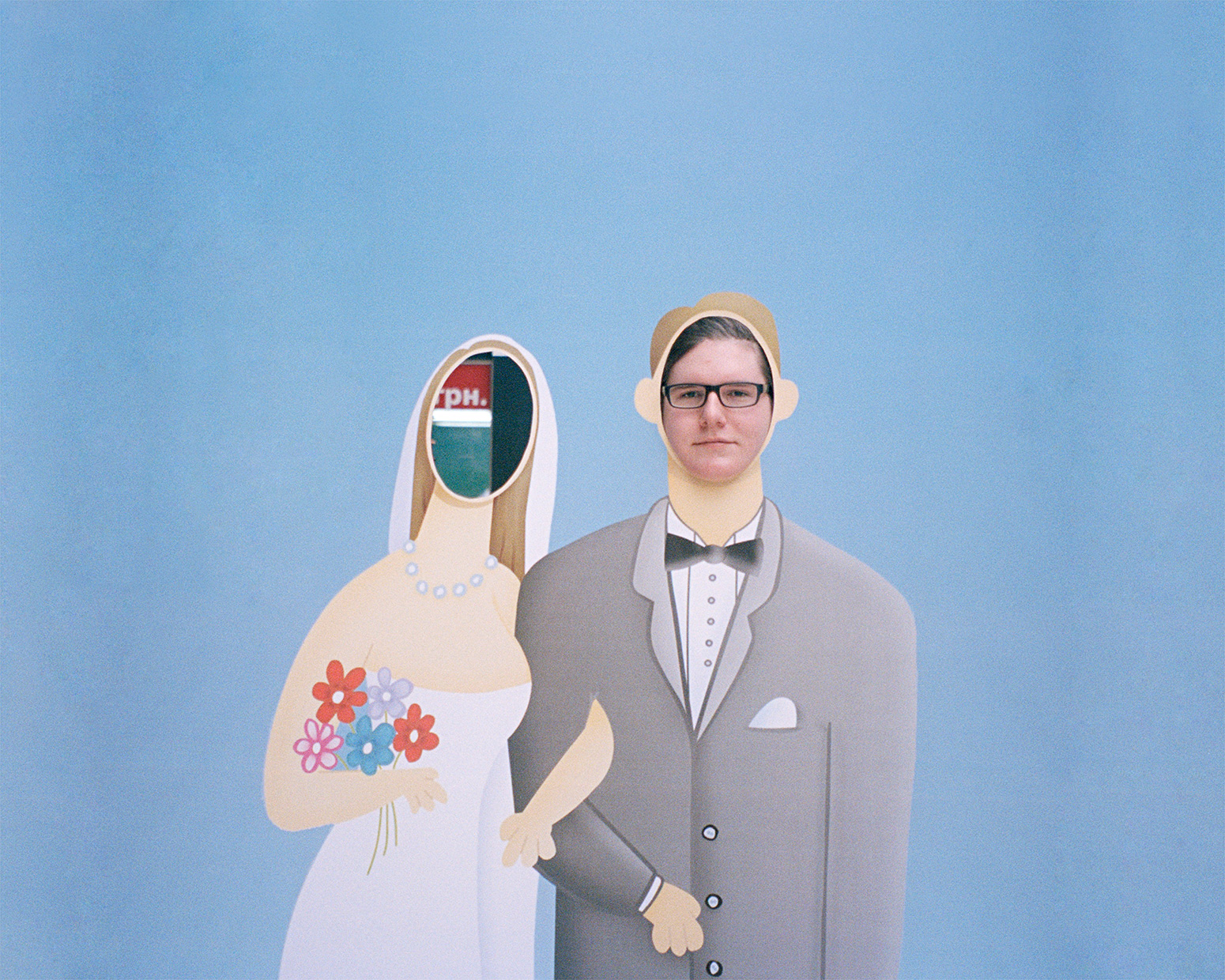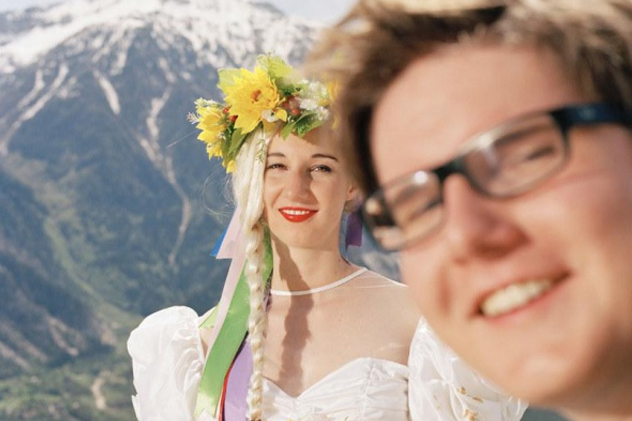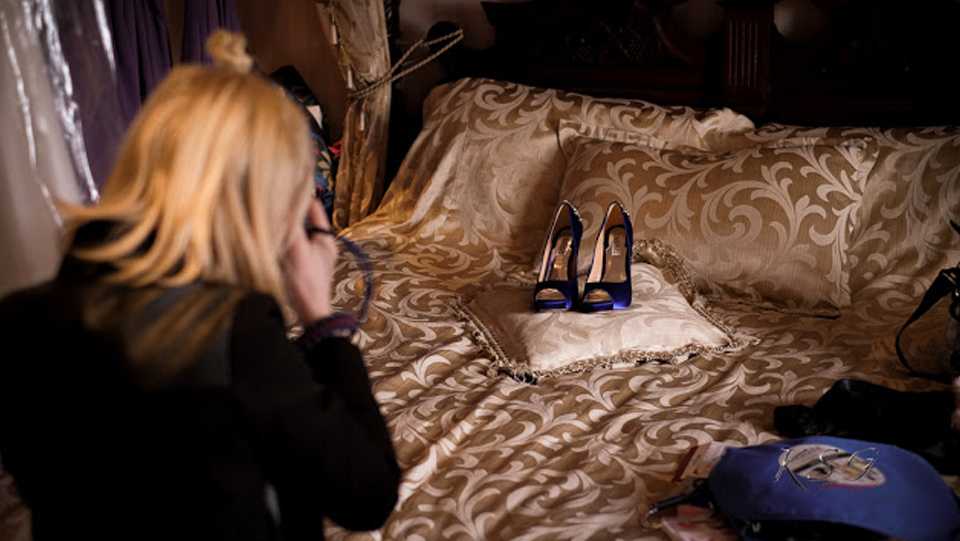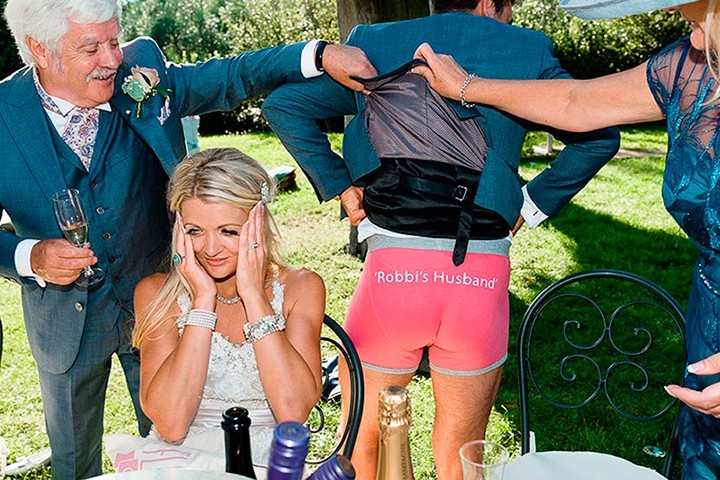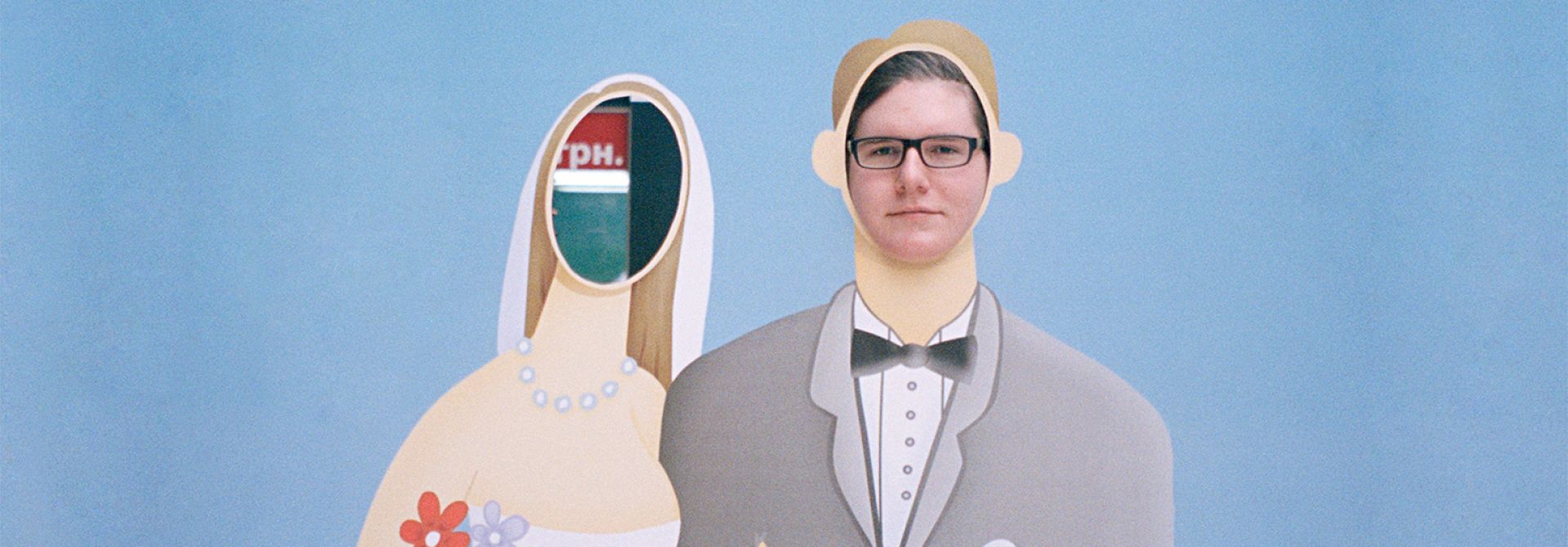
Marry Me, Ekaterina: The Story Behind Romain Mader’s Controversial Project about Ukraine

Photographer, artist. Studied at the University of Arts & Design Lausanne in Switzerland. Almost always plays the main character in his projects. Had group and solo exhibitions in Switzerland, Britain, France Denmark, and Italy. Winner of Foam Paul Huf Award.
Romain Mader first came to Ukraine in 2009 with friends: “We wanted to travel in one of the Eastern European countries. We chose randomly to go to Ukraine.” At the time, Romain got interested in Soviet architecture and took pictures of it in Donetsk and Sevastopol. “We didn’t know so much about the country, we had the same stereotypes as most people in Western Europe. We thought people drank vodka, so we always bought a bottle of vodka to drink on the train, but we never had the chance to open it, because we didn’t meet people who were interested in that.”
Romain was not only wrong about the universal love for alcohol among Ukrainians. “There is a stereotype in Switzerland that all Ukrainians are always tough and don’t smile,” the author of the project says. “It was totally different from what I expected — everybody constantly tried to help us, and we even got invited to a wedding in Donetsk. I like Ukraine, there are many reasons to love it.”
Later, Romain came back to Ukraine to shoot a new project, Ekaterina, a fictional story of a sex tourist who came to Ukraine in search of easy women. Romain played the main character in the story that was entirely made up by him. Ukraine in the project is a phantasmagoric country, populated only by tall blondes by the name of Ekaterina, who are dreaming of marrying a foreigner. The story has a happy ending: Romain finds his Ekaterina, takes her to Switzerland, and marries her at the foot of the Matterhorn.
In real life, Romain is single and not a sex tourist. He had the idea to create a project with a women’s theme after he found out about the Ukrainian movement called Femen, which at the time opened an office in France. “I thought it was really interesting,” he recalls. “These women spoke of a really important problem, but not with speeches and posters, but by showing bare breasts. I realized that the themes of prostitution, sexual exploitation, and the prejudiced attitude towards women from Eastern Europe are important, and wanted to show my attitude to them with the help of this project.”
The series purposely follows the style of documentary photography — here you have the snapshots, here you have random shots from Kyiv’s Independence Square, here are photographs of ‘Ekaterinas’ whom Romain met on his way. To confuse the audience even more, Romain combined staged images with real photographs from beauty pageants and model agencies.
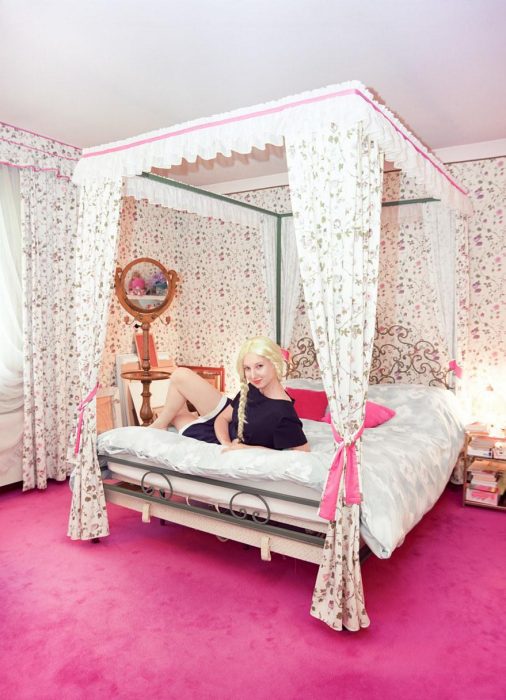
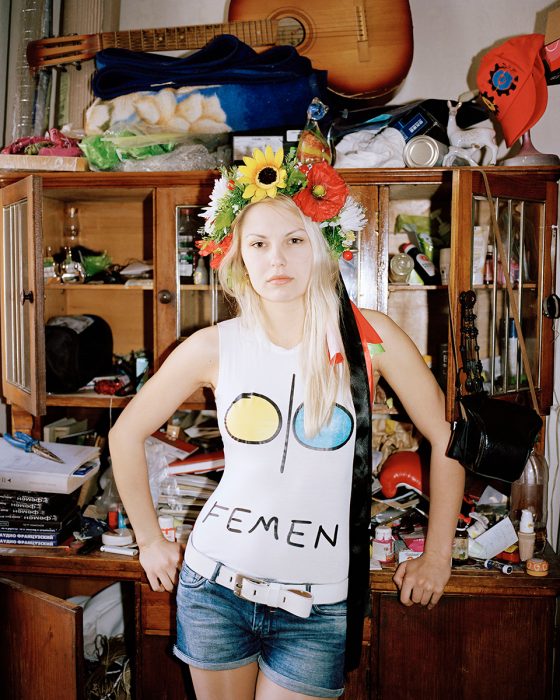
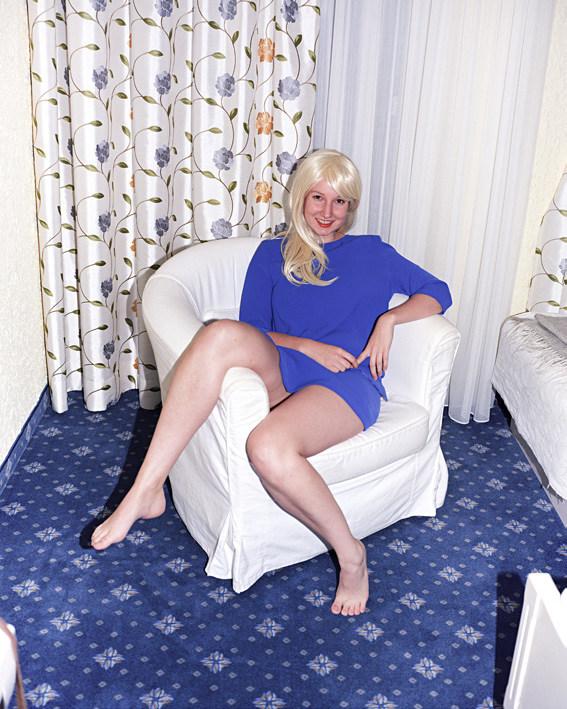
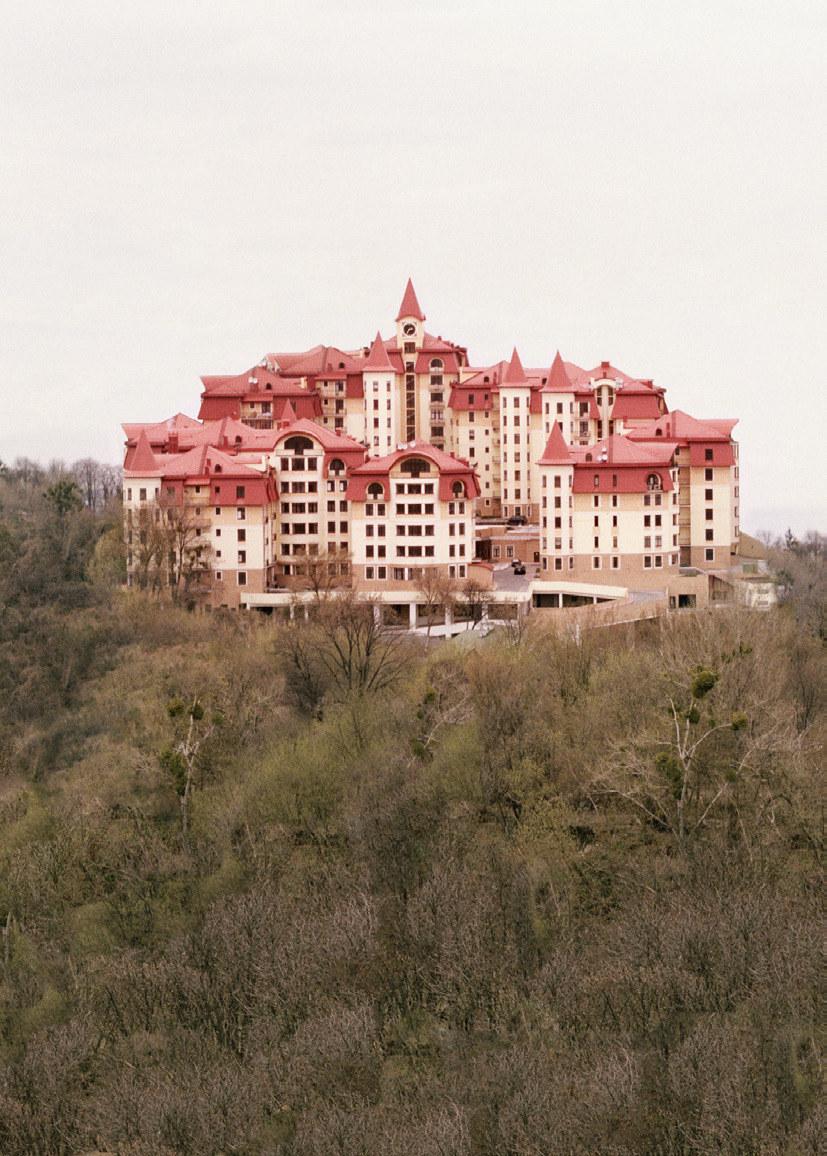
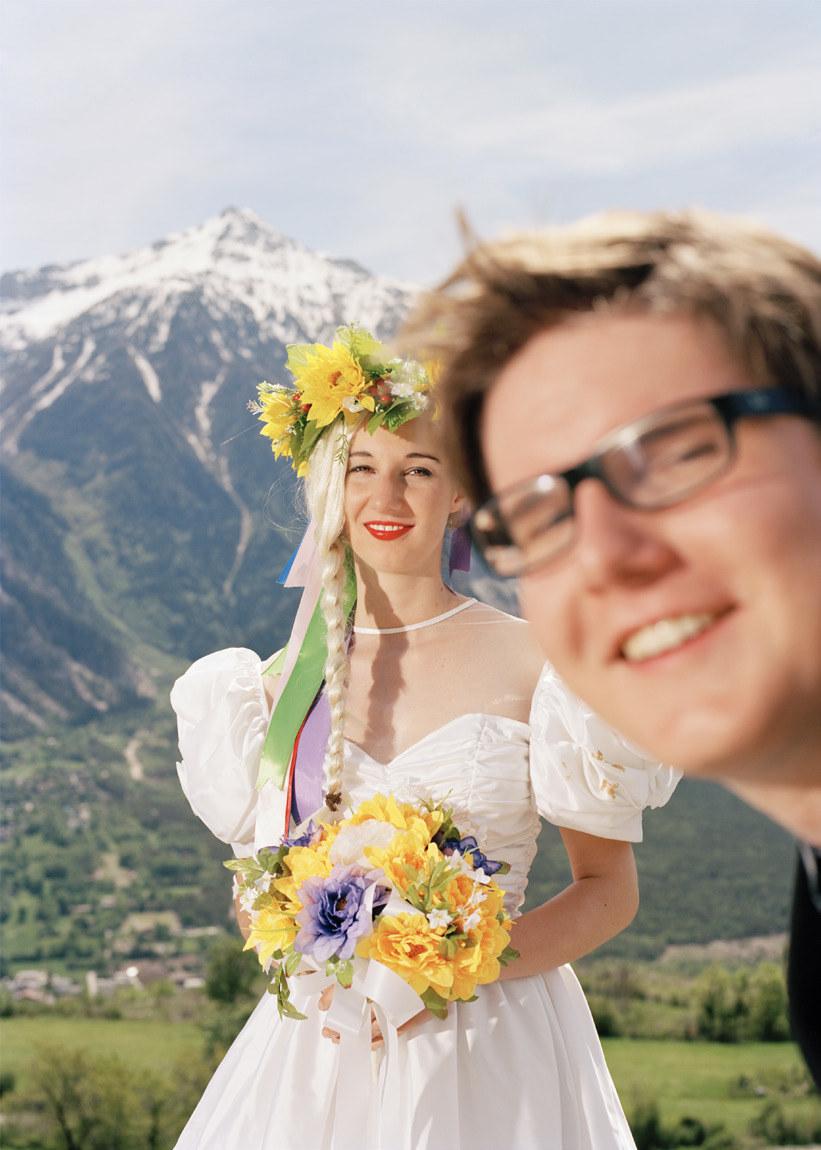
He says that the story that he tells in the project is no more than an exaggerated stereotype, and its main audience are Europeans who are in the grip of their stereotypes. Many elements are brought to the point of absurdity: for instance, all the billboards in the city are plastered with photographs of attractive women, and there is not a single man in the street.
Romain acknowledges that the reaction to the project from European audiences came as a surprise. “When I show Ekaterina in Europe, some people from the audience ask me how my wife is doing. I am surprised that they take this story seriously — I thought that everyone would be able to see the irony.”
The project was finished in 2012. It was subsequently published in Vice and presented at a personal exhibition in the Tate London. However, after the jury of Foam Paul Huf Award announced that Romain was this year’s winner and will receive a cash prize of €20,000, the problems started — petitions and groups on Facebook appeared, photographers, curators, and critics from all over the world spoke against the victory of the project, among them Donald Weber, Margo Ovcharenko, and Nadezhda Sheremetova.
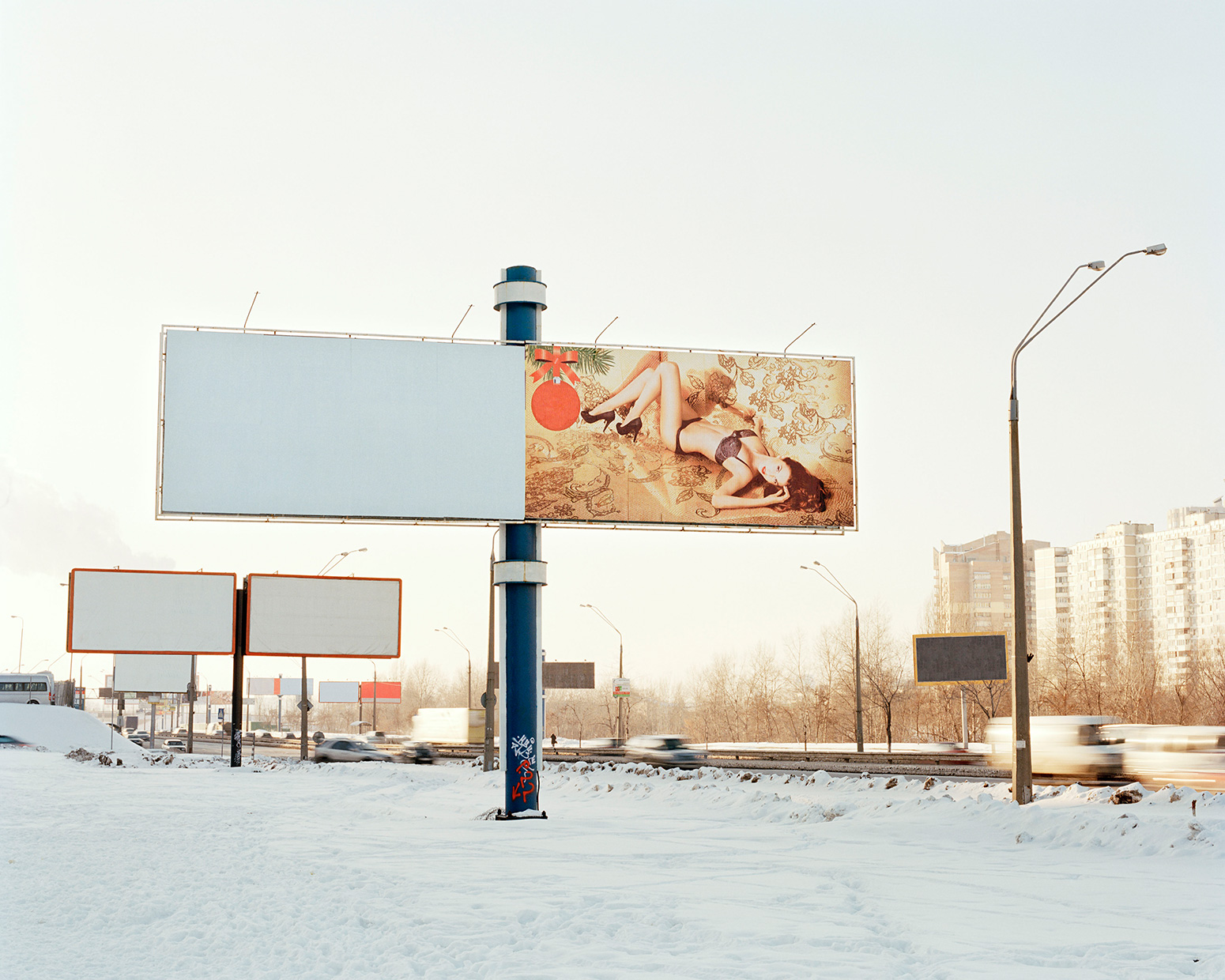
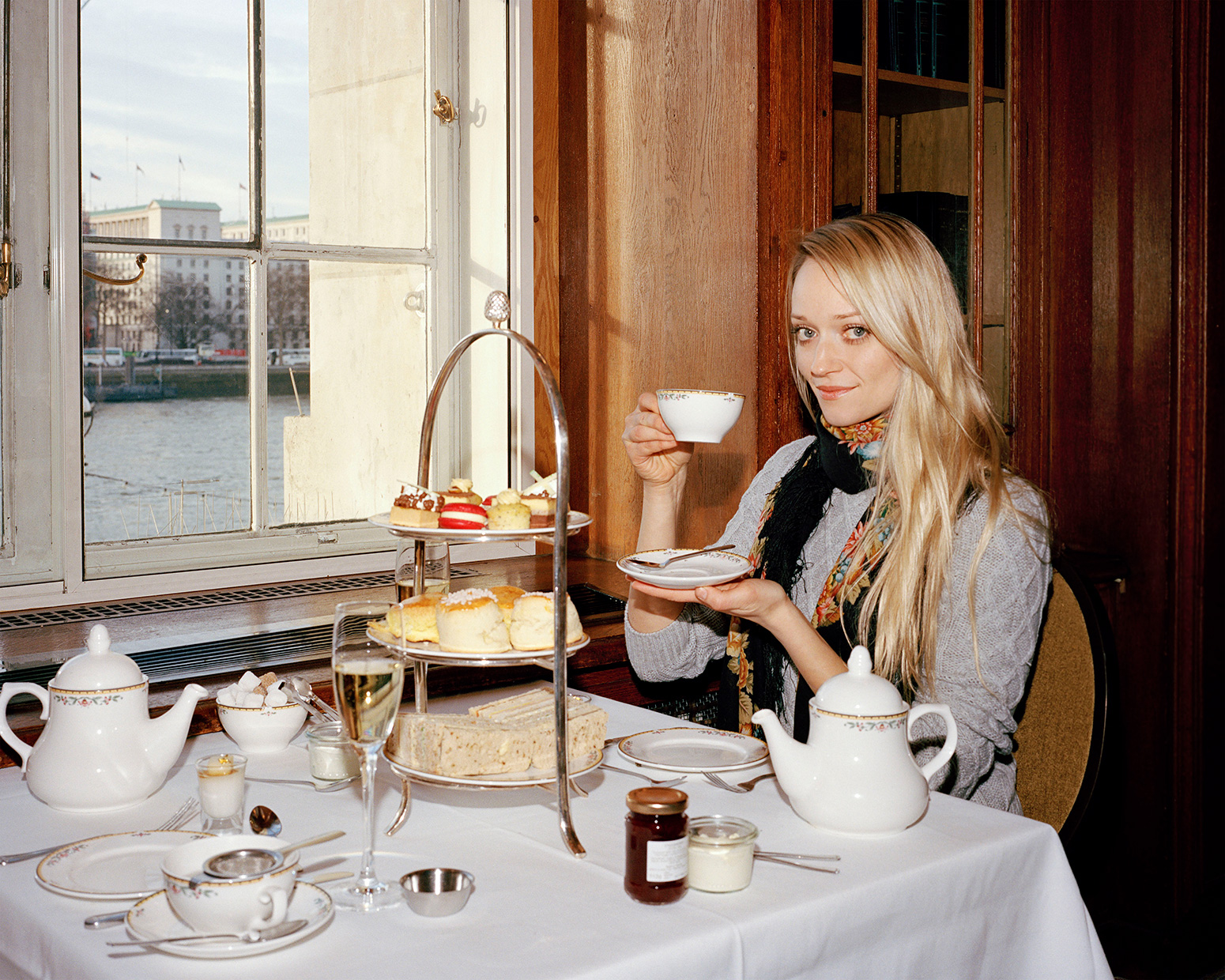
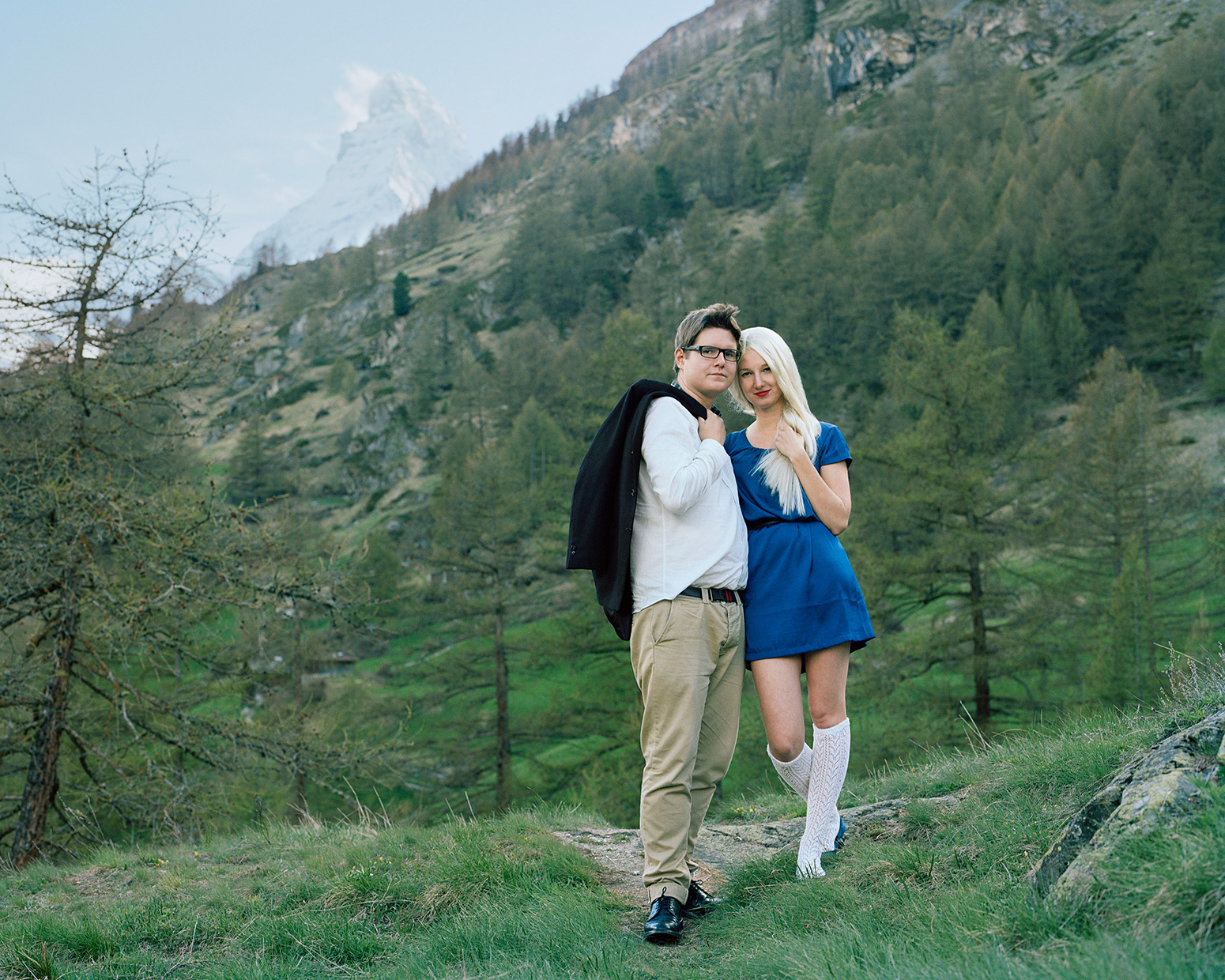
One of the accusations made in relation to the project is that the video, which may be found on Romain’s official site, not only has images from Ukraine, but also pictures taken in Belarus. Romain sees no problem with it: in his opinion, such manipulations are acceptable for fictional stories. “I’m not a photojournalist, my project Ekaterina is a fictional story. I traveled mainly to Ukraine and Belarus and found that there is a big gap between preconceived ideas and reality. I took pictures in different places to amplify the exoticism of the eastern European city I’m making up in the story,” Romain says.
But of course, the main accusation related to the project is regarding the promoting of negative stereotypes about Ukraine and its women. Romain denies entirely that he aimed to offend women with his project. He explains that the women in his photographs are his friends, friends of friends, and activists. “I did not intend to cause controversy, but I cannot expect everyone to like it,” Romain says. “I think that people reacting to my story is good as my intent was to underline an important and universal topic, as opposed to one only happening in Ukraine.”
The organizers of the contest took Romain’s side: “While we accept that Mader’s work is not for everyone, we the members of the jury also respectfully suggest that not all art has to be subject to broad consensus. Most of the art all of us care about invites disagreement,” they say. According to them, Romain Mader According to them, Romain Mader took on a risky task — investigate the difficult subject of the exploitation of women in Eastern Europe with satire. And despite the controversy, the award will remain his.
